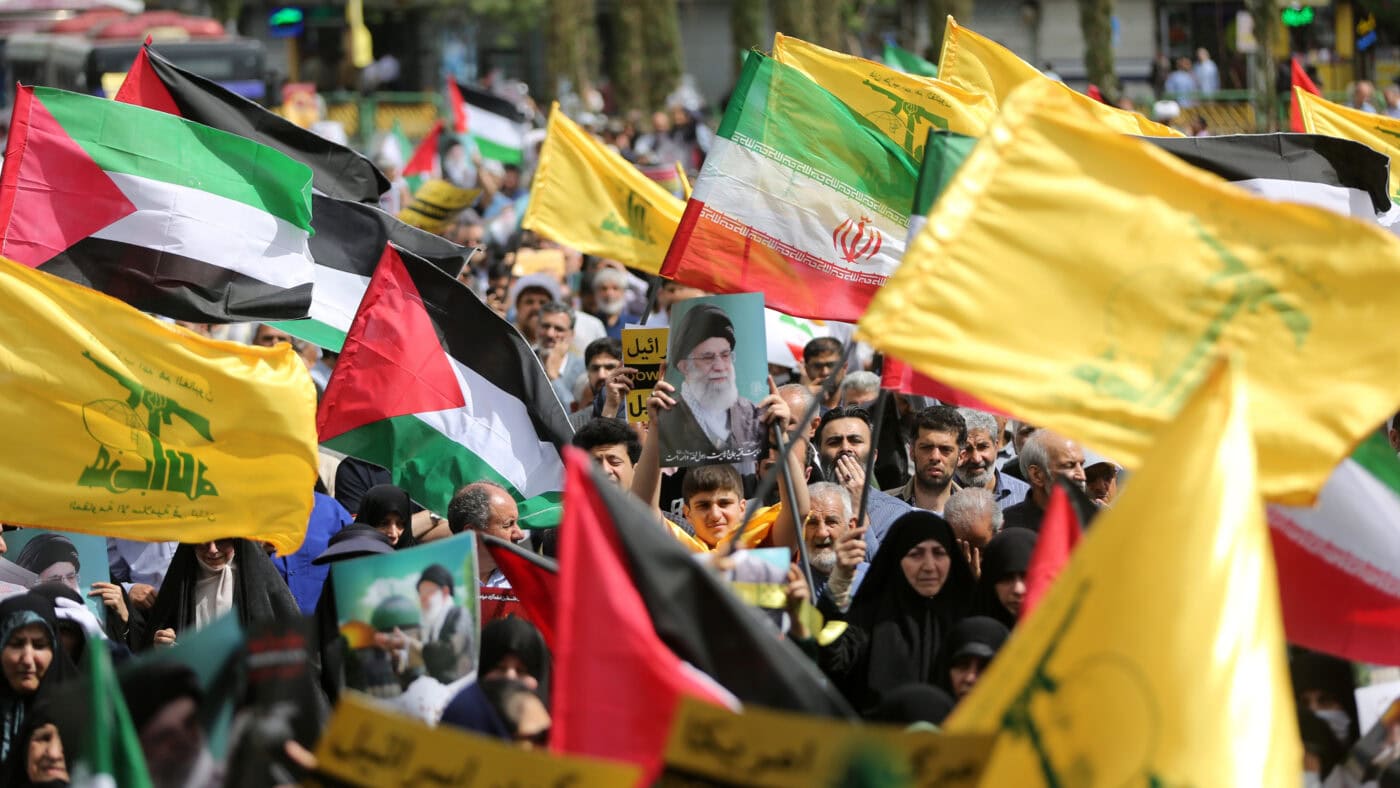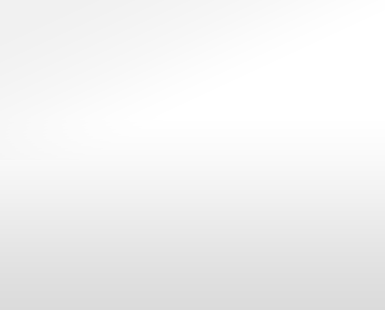Shortly after Israel assassinated Hassan Nasrallah, the former leader of Hezbollah, the Israel Defence Forces (IDF) spokesman, Rear Adm. Daniel Hagari, revealed that Nasrallah’s bunker, located under a hospital in Beirut, held half a billion dollars in cash and gold.
Over the past year and a half, Israel has gone to great efforts to significantly weaken two of its biggest threats; Hezbollah and Hamas. The latest offensive against Hezbollah started on September 17, 2024, when the pagers of Hezbollah commanders exploded simultaneously, resulting in 3,000-4,000 casualties within minutes. A day later, their walkie-talkies blew up too. This was the culmination of a prolonged clandestine operation by Israel’s intelligence agencies. The initial attack was followed by a military operation that has resulted in Hezbollah being pushed away from the border with Israel – where it had previously established considerable force and fired thousands of missiles into Israel since October 8, 2023, a day after Hamas’ massacre.
Having now lost its leadership and most of its arsenal of weapons, especially rockets and precision missiles, Hezbollah – once considered the most powerful terror organisation in the world – has been seriously degraded. In its weakened state, the group has agreed to a ceasefire deal, the terms of which stipulated that the organisation must remain north of the Litani river, some 40 kilometres from the border with Israel, and to cease hostilities. Fighting now happens sporadically. The IDF has largely pulled out of Lebanon, but still holds a small force in strategic locations in the south of the country and carries out limited operations. The Lebanese army, whose abilities have always been much inferior to Hezbollah’s, is meant to help keep armed terrorists out of the region between the Litani river and the border.
Despite Hamas and Hezbollah’s weakened states, the two organisations are attempting to regroup and rebuild as the wars in Gaza and Lebanon enter a lower-intensity phase. Israel cannot allow this to happen. Targeting the groups’ vast funding resources is key to long-term security.
During the war, the IDF bombed Hezbollah’s financial institutions in Beirut. The fall of Assad in Syria adds financial and logistical difficulties, especially if the new regime will not let Hezbollah to use Syrian territory as the centre for arms and cash it once was. This can be done principally through disrupting its cash flow. The same goes for Hamas, whose ability to survive depends on the existence of its financial infrastructure.
Hezbollah and Hamas’ vast wealth comes from numerous sources. Iran is a major funding source for both terror groups, providing each with over $100 million a year, in addition to vast amounts of advanced weapons. International sanctions mean that Iranian money transfers have to be done in ways that circumvent regulation, by smuggling cash, using local money changers and transfers though Chinese banks using shell companies.
Qatar has provided Hamas with hundreds of millions. Between 2007 and 2014, Qatar gave money to Hamas without any oversight. After 2014, Qatari money made its way to Hamas under the watchful eyes of Israel, the United States and the United Nations. This way, Qatar avoided being labelled as supporting Palestinian terrorism. It claimed that the money is intended for Palestinian civilians in Gaza. In reality, some of it was used by Hamas for weapons and building terror tunnels.
Israel initially did little to stem this flow of cash, as it hoped that the money would appease Hamas and discourage acts of violence. On October 7, 2023, this theory turned out to be devastatingly wrong. Israeli politicians, including Benjamin Netanyahu, as well as many at the top levels of the IDF and intelligence agencies, were so dogmatic in their belief that they ignored warning signs that Hamas was planning to execute a major offensive. As a result, the IDF was ill-prepared for the attack and was too slow to react, costing the lives of many Israelis. It was only with its funding that Hamas was able to carry out such an atrocity.
Terrorism, particularly of the scale carried out by Hamas and Hezbollah, is costly, and Iranian and Qatari money alone is not enough for the ambitious organisations. Waging terror effectively involves paying salaries to tens of thousands of operatives, paying for training, missiles, launchers, drones, explosives, grenades, rifles and other weapons, building and maintaining extensive tunnels, bunkers and other infrastructure, and much more.
The two organisations have become two of the wealthiest terror groups in the world by setting up massive, complex and sophisticated financial empires. They have made billions that has funded their terrorism and helped establish political control in Gaza and Lebanon. Some of the money comes from legal ventures, such as taxes and investments in real estate and tourism. The rest is from illegal activities and is extremely difficult to trace and subvert, in part because of the use of cryptocurrency.
The lucrative financial infrastructure also made the leaders of both organisations very rich. Senior Hamas leaders, many now dead, are worth hundreds of millions and have lived lives of luxury, in stark contrast to most Palestinians in Gaza.
Hamas’ estimated annual budget was roughly $2 billion a year – most of it used not for governance, but for terrorism. Aside for the Iranian and Qatari money, Hamas made about $500m from investments and $300m from taxes. The rest came from regional business ventures, smuggling goods into Gaza and from donations.
Seemingly innocent international charitable trusts raise money in Europe and North America – allegedly for the suffering civilian population of Gaza. Several of those were found to have links to Hamas, with the money being used for terrorism. In some cases, European nations managed to stop some of transfers to Hamas in the last minute.
A lawsuit taking place in the US claims that some of the money given to the UN aid agency to Palestinian refugees, UNRWA, which allegedly has close links to Hamas, ends up in the hands of the terrorist group and funds acts of violence. UNRWA receives about $1.5 billion annually. While the UK pledged £34 million last year, the US Congress paused funding over concerns about ties to Hamas.
Hezbollah, meanwhile, has been operating as a well-oiled crime syndicate. It established a lucrative drug trade that deals in the highly additive drug captagon, manufactured in Syria and sold across the Middle East. This trade was done in collaboration with Assad’s regime, and his fall has hampered some aspects of this, but has not ended it entirely. Hezbollah has been making efforts to reestablish smuggling routes and manufacturing facilities destroyed during the war.
Hezbollah is also involved in weapons and human trafficking, and profits from sales of smuggled Iranian oil. These have also been impacted, but not eradicated. Additionally, information primarily from the US Department of the Treasury, reveals that Hezbollah has stakes in many legitimate companies in Lebanon, Turkey, Syria and elsewhere in the Middle East, including construction firms, used to funnel money into the organisation. Much like Hamas, Hezbollah also fundraises through charities and mosques around the world, and dips into Lebanese public funds.
The key to destroying Hamas and Hezbollah’s iron grips over Gaza and Lebanon and stop their recovery, is to disrupt the flow of cash. The Israeli secret service, Mossad, used to operate a special unit that successfully disrupted Hezbollah’s finance up until the unit’s unexplained closure in 2011. In the course of fighting both terror organisations, the IDF found valuable secret financial documents that can help uncover the organisations’ financial activities – but Israel cannot disrupt these networks on its own. It is not enough to bomb banks or eliminate key people in the organisations’ financial arm.
Weakening both organisations’ political grip will also restrict access to taxes and other public funds. For Hamas, the ability to pay civil servants is key to controlling Gaza. If its leaders cannot pay – they cannot rule. It is also essential to do more to expose so-called international charities and companies with links to terrorism and block transfers of funds.
Regulating cryptocurrencies and digital wallets, stepping up efforts to expose illegal transfers with better enforcement and substantial penalties, will make it harder for terrorists to use these services, which so far have been advantageous for them. In 2023, the largest cryptocurrency exchange in the world, Binance, pleaded guilty to money-laundering and allowing the flow of funds to terror groups, including Hamas. It was fined $4bn by the US. More of that needs to happen.
Qatar is a major player in the promotion of Islamist ideology. It has a close relationship with Hamas, Hezbollah, Al Qaeda, the Muslim Brotherhood and the Taliban. But while Iran has suffered sanctions and international admonition, Qatar has made itself immune by establishing economic and defence ties with western countries.
Qatar’s trade contracts with the US, UK, Germany and others have made it virtually untouchable. Qatar also funnels billions into higher education institutions across the US and Europe. It is alleged that some of this money and influence accounts for the rise in antisemitism and the violent anti-Israel protests across campuses.
Islamist terrorism is not only a threat to Israel, but to the rest of the world. It is in the interest of Israel’s allies to help dry the terrorists’ financial resources, and use our leverage with countries that enable those organisations, like Qatar and Turkey. If we allow these states to continue their support for dangerous Islamists with impunity, we will be undermining the fight against forces that threaten the security and stability of the Middle East and beyond.
Click here to subscribe to our daily briefing – the best pieces from CapX and across the web.
CapX depends on the generosity of its readers. If you value what we do, please consider making a donation.


